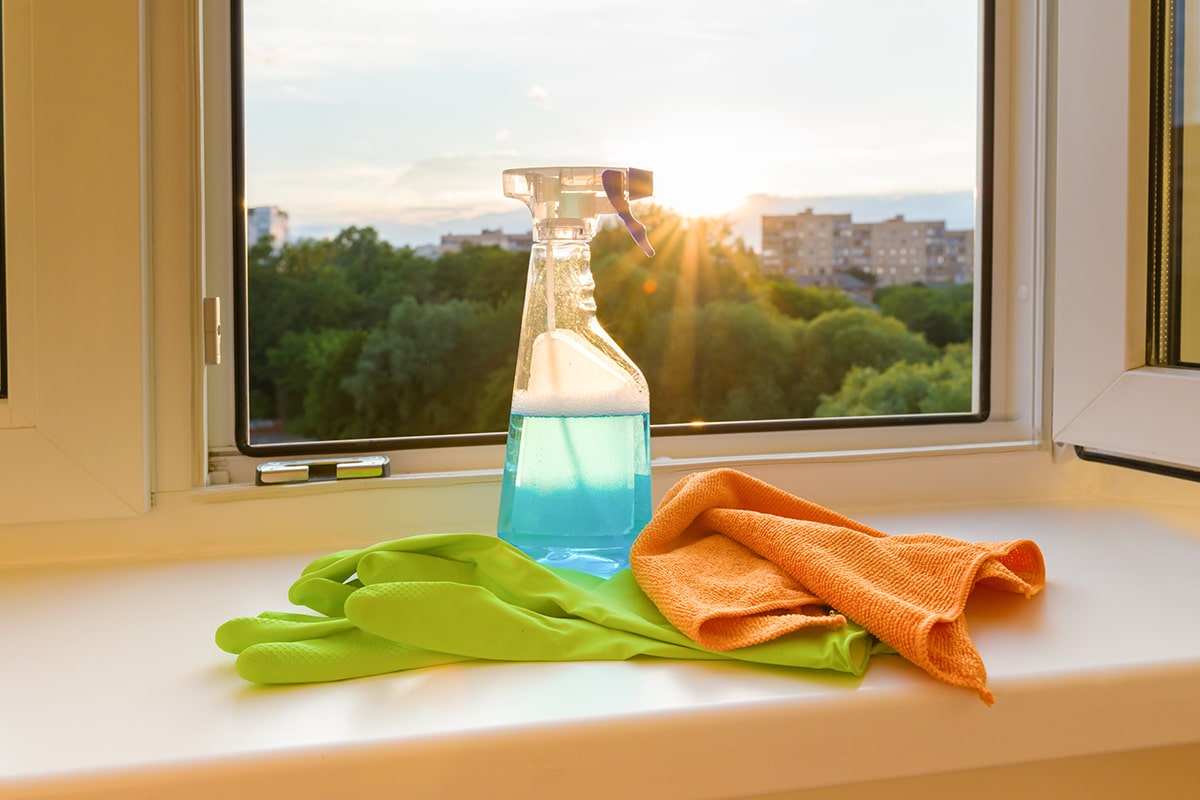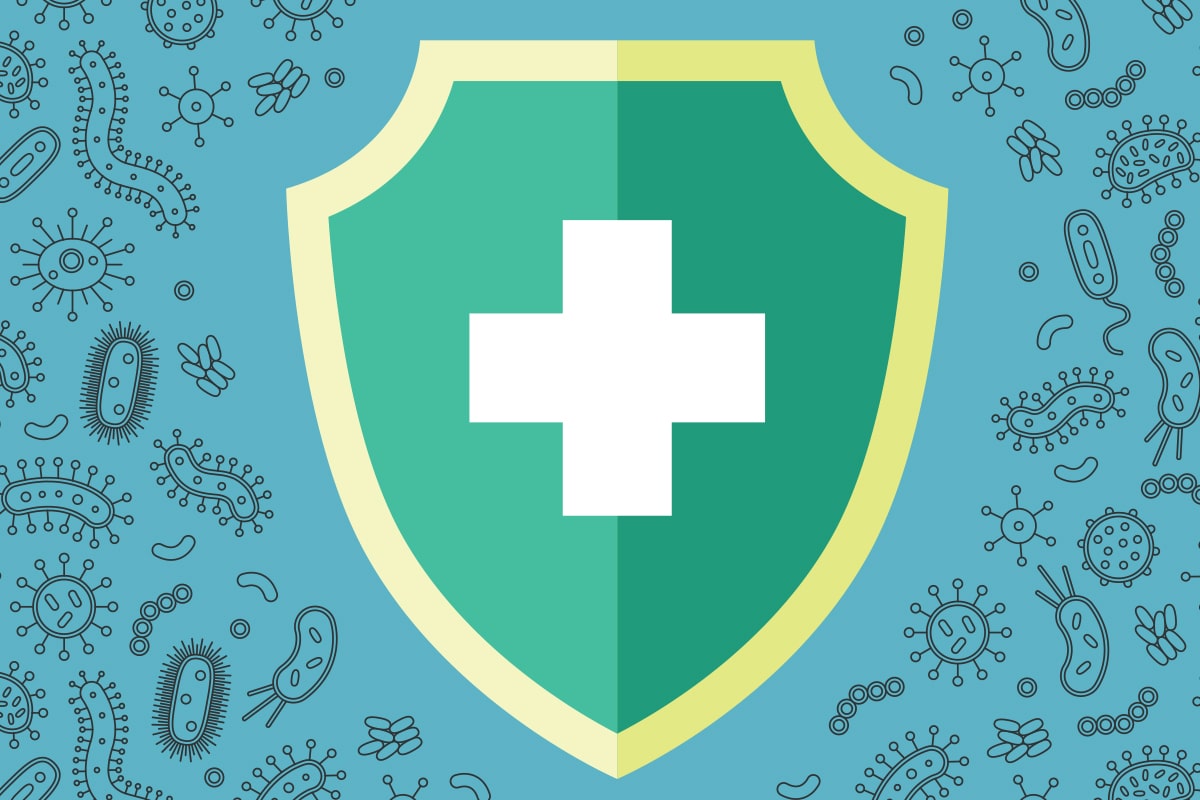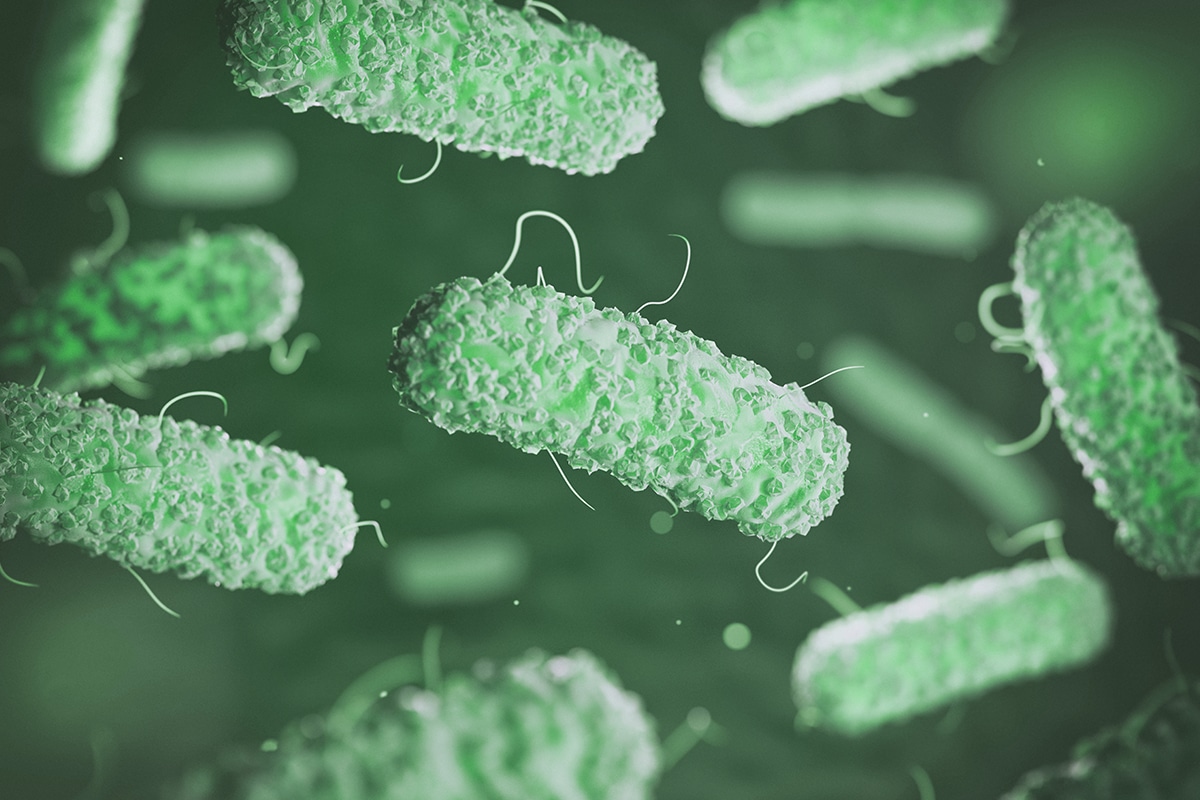Strategies for Surface Disinfection
The dental profession relies heavily on disinfectants to manage clinical contact surfaces that may become contaminated with bodily fluids during dental treatment.

Strategies for Surface Disinfection
The dental profession relies heavily on disinfectants to manage clinical contact surfaces that may become contaminated with bodily fluids during dental treatment. Contamination may occur from contact with the oral health professionals’ gloved hands, or through contact with spray, spatter, or droplets containing a patient’s oral fluids. As technology has advanced, oral health professionals have also come to rely on impervious barriers for management of sensitive semi-critical equipment. The proper use and application of disinfectants and barriers are essential to ensuring patient safety, and preventing occupational injury or illness due to unsafe exposure.
Photo Credit: Valeriy_G/ISTOCK/GETTY IMAGES PLUS

Category of Disinfectants
Disinfectants may be divided into three broad categories; low-level, intermediate-level, and high-level disinfectants. Low-level disinfectants are appropriate for contaminated surfaces that do not have visible blood. Intermediate-level disinfectants with a tuberculocidal claim should be used on surfaces visibly contaminated with blood. Some high-level disinfectants are capable of eliminating all microorganisms under specific circumstances, and are therefore considered sterilants.
Photo Credit: FotoDuets/ISTOCK/GETTY IMAGES PLUS

High-Level Disinfection
Disinfectants that make a claim for high-level disinfection or sterilization must be registered with the United States Food and Drug Administration. These products are used for immersion of critical and semi-critical devices or instruments that cannot be heat sterilized. The active ingredients in these solutions include glutaraldehyde, ortho-phthaldehyde, hydrogen peroxide, peracetic acid, and hypochlorous acid/hypochlorite.
Photo Credit: Martins Vanags/ISTOCK/GETTY IMAGES PLUS

Chemical Disinfectants
The use of liquid chemical disinfectants should be limited to clinical contact surfaces, and devices or equipment that cannot be heat sterilized. Dental devices, instruments, and equipment that can be detached from power sources and are heat stable should be heat sterilized. Heat stable or disposable critical or semi-critical instruments and devices should be used when possible. Disinfection is an inferior process to sterilization for several reasons, including the inability to monitor the success of the chemical process, lack of packaging for instruments and devices, and hazards associated with chemical products.
Photo Credit: Martins Vanags/ISTOCK/GETTY IMAGES PLUS

Follow the Instructions
Following manufacturer instructions for use of disinfectant products is critical to effective asepsis. The need to preclean surfaces, contact time for all microorganisms to be inactivated, storage, shelf life, and use of personal protective equipment should be reviewed before using a product. All oral health professionals should receive training in the proper use of disinfectants.
Photo Credit: Guillaume/ISTOCK/GETTY IMAGES PLUS

Technique Tips
Generally, either a spray-wipe-spray technique or wipe-discard-wipe technique should be used. When using disinfectant sprays, oral health professionals should first spray the surface and wipe to clean, followed by application of the spray disinfectant. When using premoistened wipes, clinicians should use wipes to clean surfaces, then discard the wipes and use fresh wipes to apply the disinfectant.
Photo Credit: Vladimir Sukhachev/ISTOCK/GETTY IMAGES PLUS

Impervious Barriers
Impervious barriers may be used to protect clinical contact surfaces and semi-critical devices that cannot be heat sterilized, such as digital X-ray sensors, heat sensitive components of cordless dental hygiene handpieces, and multiple-use dispensers for etchants and sealants. Multiple-use dispensers usually have disposable tips, but the dispenser itself should be heat sterilized or high-level disinfected between uses.
Photo Credit: frithyboy/ISTOCK/GETTY IMAGES PLUS

Appropriate Use Is Key
Barrier products are cleared by the US Food and Drug Administration as medical devices and should have specific instructions for use from the manufacturer. The barrier should be adequate to cover the entire surface, and must be changed between patients. If it is possible that the underlying surface has become contaminated because the barrier has been compromised or the surface was touched with contaminated gloves, it should be cleaned and disinfected before a new barrier is placed.


Many of the ingredients in the disinfectants have safety concerns. When will the RDH or the DA be taught about the safety issues with the many chemicals we use in our small ops? Masks and eye protection? The wipes over the sprays? What do we breath in? So many environmental toxins are low level that accumulate in our cells.